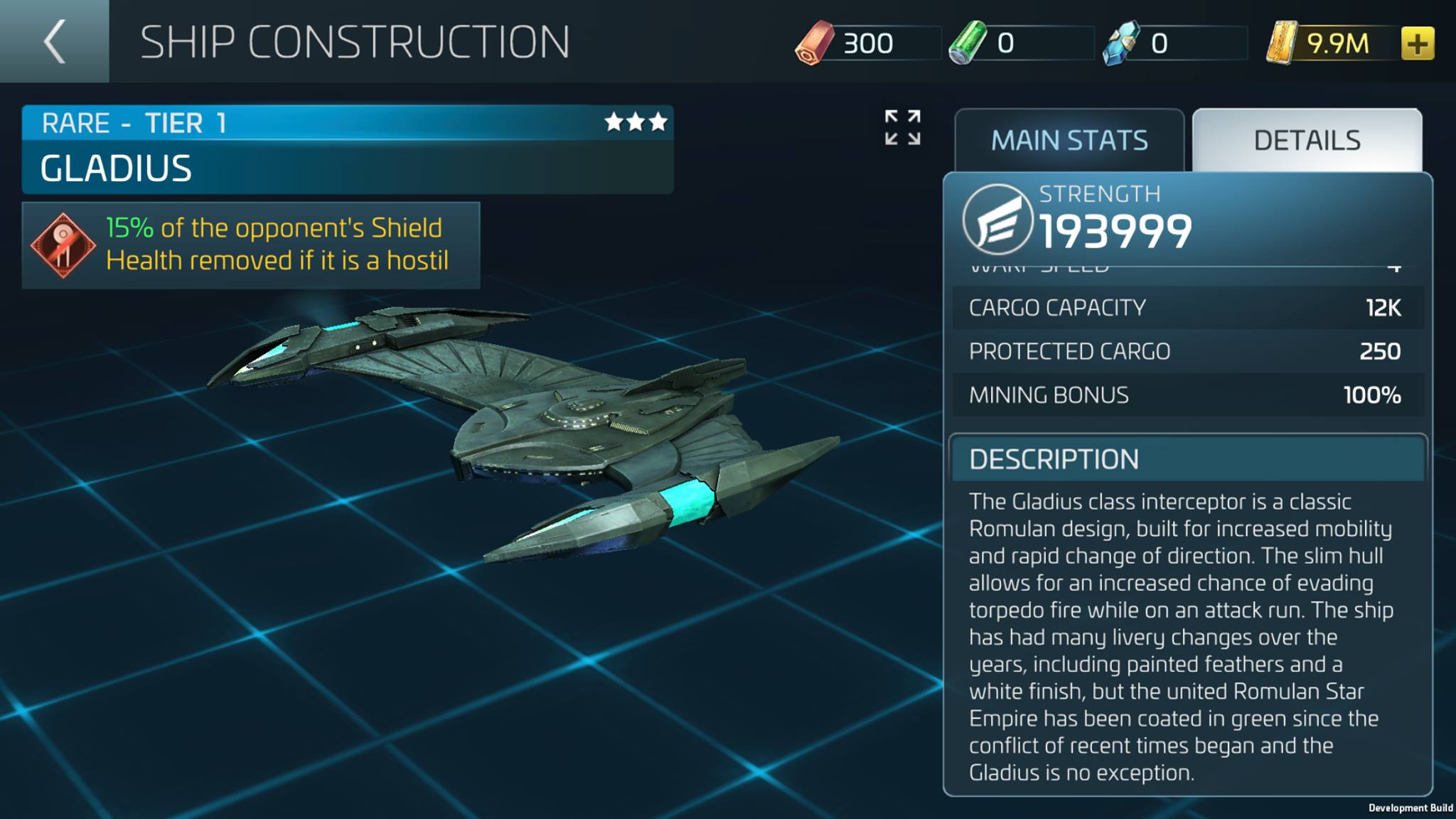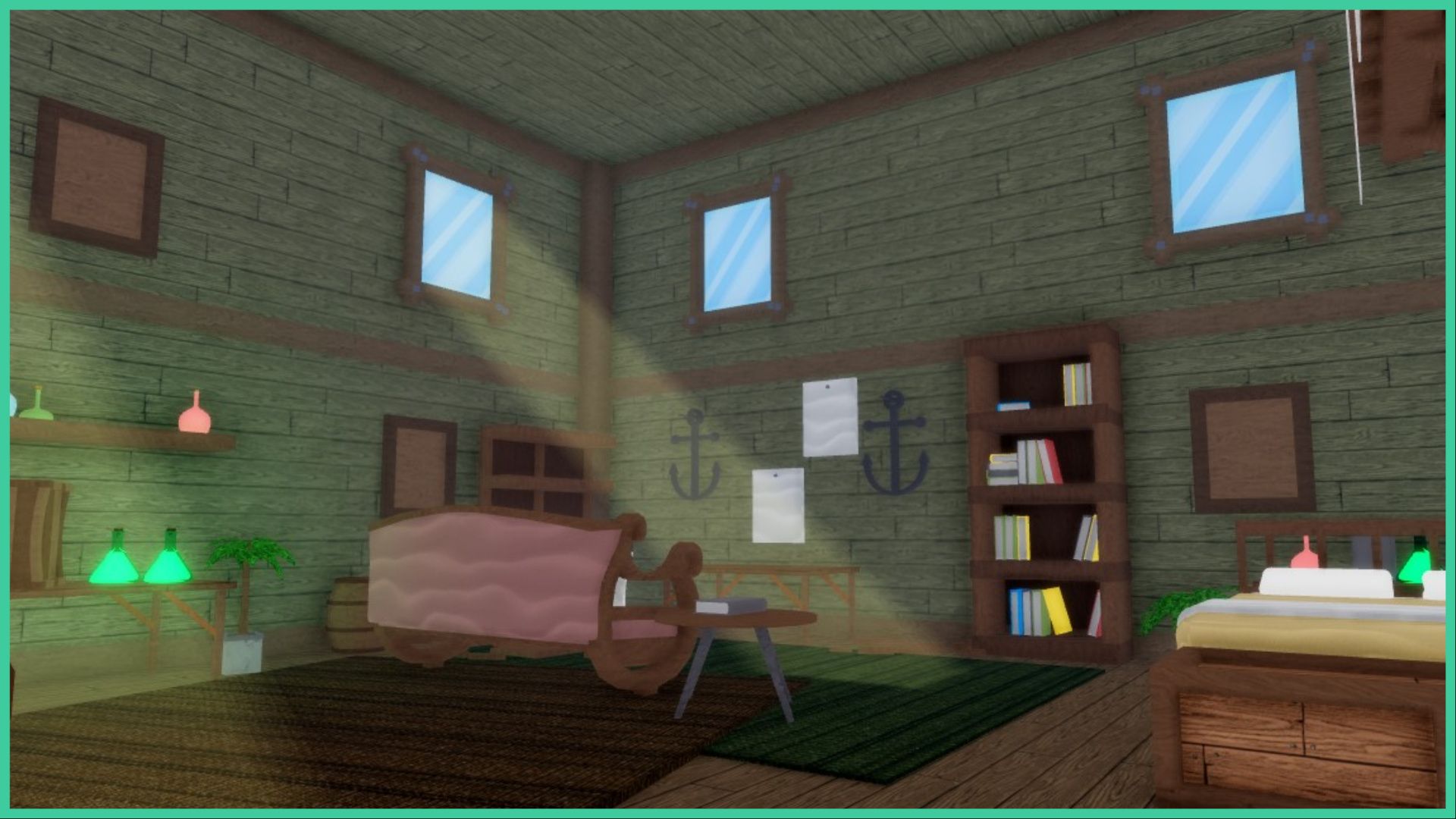- Wondering how to get Monopoly GO! free rolls? Well, you’ve come to the right place. In this guide, we provide you with a bunch of tips and tricks to get some free rolls for the hit new mobile game. We’ll …
All Grades in Type Soul – Each Race Explained
By Adele Wilson
Our All Grades in Type Soul guide lists every grade in the game for all races, including how to increase your grade quickly!Best Roblox Horror Games to Play Right Now – Updated Weekly
By Adele Wilson
Our Best Roblox Horror Games guide features the scariest and most creative experiences to play right now on the platform!All Legacy Piece Races and Buffs – Should You Reroll?
By Adele Wilson
Our Legacy Piece Races guide discusses the buffs that each race provides, their rarities, and if you should reroll or save your spins!
Star Trek: Fleet Command Review – Set Phasers To Stun
On paper, the Star Trek universe is the perfect place to set a video game. It’s expansive, open-ended, unbound even by the laws of physics, and populated with characters, races, and technologies that everybody can recognize and many people love. …

On paper, the Star Trek universe is the perfect place to set a video game. It’s expansive, open-ended, unbound even by the laws of physics, and populated with characters, races, and technologies that everybody can recognize and many people love.
And yet there hasn’t ever been a definitive Star Trek mobile game. While many developers have tried, nobody has ever managed to reproduce the magic of the franchise on the small screen.
Scopto try. Star Trek: Fleet Command is an interstellar base-building MMORPG set in the Kelvin timeline (named after the ship whose destruction by time-travelling Romulans brought forth the alternative Star Trek universe in which Captain Kirk is played by Chris Pine and Simon Pegg is Scottish).
On which note, it’s worth pointing to the quality of the presentation in Star Trek: Fleet Command. Kirk, Scotty, Bones, Spock, Uhura, Sulu, and more all make an appearance in slick 3D model form, looking more or less like the actors who play them.
Elsewhere the graphics are solid, full of detail and never less than completely polished – witness the planets in the solar system view, which are all perfect zoomable 3D spheres accurately reflecting the light of a central star. The only issue you might have is that the objects on the screen are often too small to see in any detail.
If, that is, you play it on your mobile. Thanks to desktop client BlueStacks you can play Star Trek: Fleet Command on your PC, allowing you to enjoy the graphics in less cramped circumstances.
Playing the game this way also helps you to avoid mis-taps and false swipes, react faster to events on the screen, and it saves you running down your battery. If you have a reasonably powerful PC you should give it a try.
In gameplay terms, you’ll be on familiar ground if you’ve ever played a game like Clash of Clans.

You play as a freelancer for the Federation. That means you crew your ships with Federation characters but can choose to ally yourself with Kingons, Romulans, or whomever you like.
These alliances arise from decisions you make in certain missions, where you’ll be given the choice of either betraying or appeasing the Klingon who sent you off to apprehend a target, for example.
The gameplay roughly falls into two areas. On the one hand there’s the base-building element of the game, whereby you create various buildings such as a Parsteel Generator, a Tritanium Warehouse, an R&D Department, an Academy, and so on.
You need Parsteel, incidentally, for making buildings, and Tritanium for building ships. You can also obtain Dilithium, a material used for both buildings and ships, and Latinum, which allows you to speed up construction times.
Buildings and ships can all be levelled up, as can your crew, making them incrementally more capable in their areas of expertise. Each character has their own skills profile – Kirk is a tactician, for example, giving a boost to a ship’s Weapon Damage when he’s onboard. Naturally he’s also Motivational, conferring boosts to every officer’s Attack, Defense, and Health.
So that’s pretty much the base-building side of the game. Building projects and upgrades are on timers, but you can expedite them with Latinum. Or, you can ask your fellow guild members for help, just as you can help them. The interface for doing this is incredibly simple and slick, so you’ll find yourself chipping in to the collection as a matter of course.
https://www.youtube.com/watch?v=MAZPiYUGqMU
The other side of the game sees you flying around in space, exploring the universe, expanding your power and reach, and grinding away at little missions as you go.
You’ll never run out of things to do in Star Trek: Fleet Command. There’s always a diverse supply of missions to complete, plenty of basic “kill x enemies” jobs, and general instructions to keep your R&D and construction projects ticking along to prevent you from getting lost in the minutiae of space exploration.
At times Star Trek: Fleet Command feels bit like Frontier, with you alone in space, plotting your own path from hyperspace jump point to hyperspace jump point. Pleasingly, the game doesn’t hold your hand too much in this respect. Once you’ve accepted a mission it’s up to you to find the waypoint on the galaxy map and work out how to get there.
You can randomly pick off enemy ships, too, with a number hovering above them letting you know how likely you are to fare. Plus, you can do a bit of mining, though this leaves you vulnerable to attack.
Between these two interlocking gameplay hemispheres, Star Trek: Fleet Command has a huge amount to offer. Fans of the series should enjoy the game’s sense of exploration and its idiosyncratic cast of characters, while fans of strategy-MMORPGs in general should appreciate this novel take on the genre.
If you choose to boldly go, you won’t be disappointed. Check out Star Trek: Fleet Command via the App Store, Google Play, or PC (via BlueStacks) right now.

The good
- Incredibly detailed visuals
- Easy to understand interface
- Huge amounts to do

The bad
- A little generic in terms of gameplay
More articles...
Monopoly GO! Free Rolls – Links For Free Dice
By Glen Fox
Wondering how to get Monopoly GO! free rolls? Well, you’ve come to the right place. In this guide, we provide you with a bunch of tips and tricks to get some free rolls for the hit new mobile game. We’ll …All Grades in Type Soul – Each Race Explained
By Adele Wilson
Our All Grades in Type Soul guide lists every grade in the game for all races, including how to increase your grade quickly!Best Roblox Horror Games to Play Right Now – Updated Weekly
By Adele Wilson
Our Best Roblox Horror Games guide features the scariest and most creative experiences to play right now on the platform!All Legacy Piece Races and Buffs – Should You Reroll?
By Adele Wilson
Our Legacy Piece Races guide discusses the buffs that each race provides, their rarities, and if you should reroll or save your spins!







